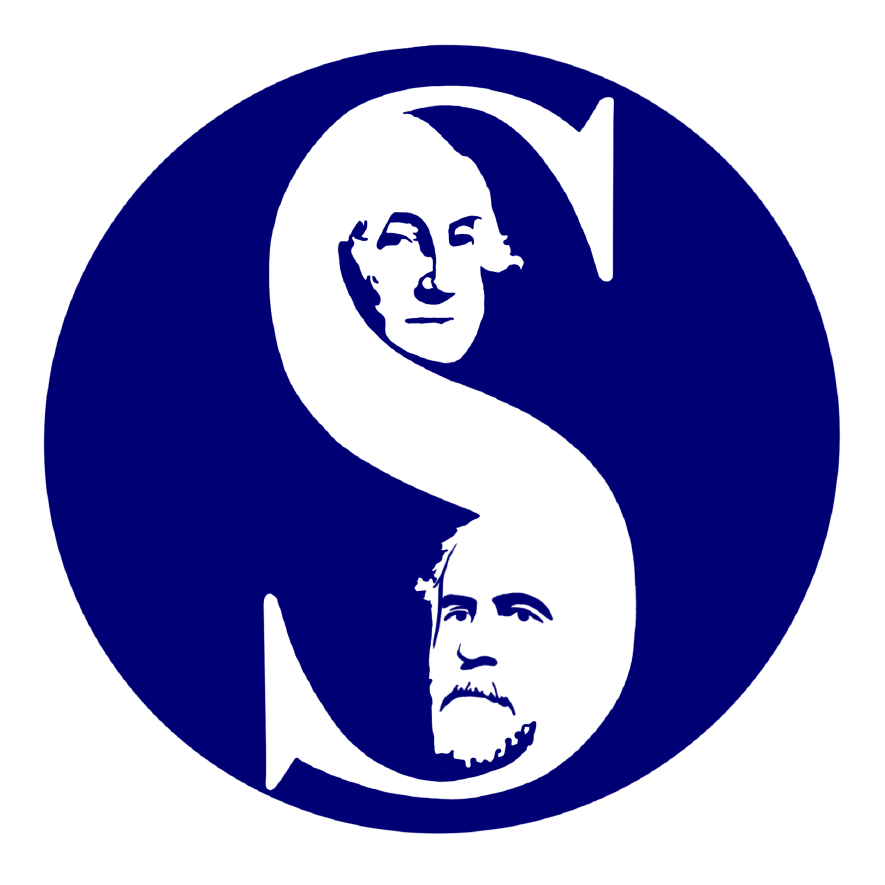Student Loan Forgiveness and The Essence of Datapoints
Measure shows soaring federal debt from recent policies bodes ill for the future
by Tom Rideout, ‘63
The recent announcement of an executive order forgiving $300-500 billion in student loan debt will have many impacts. Among these are financial relief for millions of students/family guarantors, disappointing and unexpected costs for millions of others with no connection to or benefit from the loans, and heated arguments about its constitutionality.
Most important will be its potential role in the likely unraveling of a once well-ordered society. Will the United States fail to control its long-held belief in paying its way or, if necessary, responsibly finance its critical needs?
I studied history at Washington and Lee and supplemented it with a heavy load of economics and political science. I learned from books and was taught by others about the foundational economic and political basics of American Exceptionalism.
Upon graduation, I was lured into the world of banking, joining the management training program at the Wachovia Bank in North Carolina at the recommendation of Professor John Gunn. At arguably known as the best bank in the South, I was recruited to become the bank’s national municipal bond salesman.
By the age of 30, I was responsible for overseeing a total bank balance sheet in today’s terms of approximately $30 billion, this including a securities portfolio of about $7.5 billion that I personally managed. I also served as the bank’s chief economic spokesman.
Managing institutional money requires mastery of capital markets – its language, its protocols, and its practices. Making decisions about asset allocation, durations, yield curve shapes and pricing requires access to a broad array of information.
Highly important is understanding federal government spending and financing plans and Federal Reserve System operations. Having a keen sense of likely monetary policy prescriptions and Fed operations in the government bond market are critical. All of these activities affect the value of the dollar, whose worth in turn impacts imports, exports and the nation’s gross domestic product.
I paid close attention to a key ratio: government debt to gross domestic product (debt/GDP). Statistics have been kept since 1929. The conventional wisdom was a ratio above about 75% would lead to slower economic growth.
During World War II, the ratio grew from 44% in 1941 to 114% at the war’s end in 1945. When I was actively managing money during a period of stable economic growth, the ratio stayed in the mid-35% range.
In the late 1980’s through the middle of the first decade of the 2000’s it grew from the 50% to 60+% range, before bumping up sharply to around 100% in ensuing years beginning with the 2007 banking crisis. As of the end of 2021, with Covid Relief spending soaring, it stood at about 125%, a staggering number retrospectively.
With $30+ trillion in national debt and more coming, in part from student loan forgiveness, you should conclude there is much work to be done. Perhaps the most important longer-term threat is whether there is a deterioration of the dollar as the world’s reserve currency and the potential risk of default on government debt, which would be cataclysmic. So, as you read the financial press, occasionally checking the debt/GDP ratio is something you may wish to do.
Brief bio: Tom Rideout is a 1963 alumnus of Washington and Lee and now retired from a life spent in banking, bank technology consulting and higher education. He was the elected president of the American Bankers Association during the Savings and Loan crisis of the late 1980’s. He closed out his formal working career as Executive Director for Corporate and Alumni Affairs at the Mason School of Business in 2011. He also served as a volunteer Executive Partner at the Mason School for 15 years, where he specialized in leadership and career coaching. As an alumnus he was tapped into the Alpha Circle of ODK in 1990, and he was named an Honorary Alumnus of The College William & Mary in 2015. He is currently serving as the volunteer president of The Generals Redoubt and volunteer Co-Chair of the Alumni Free Speech Alliance.


